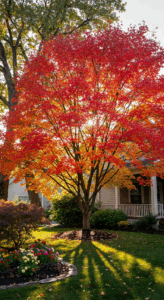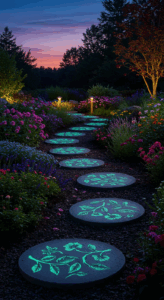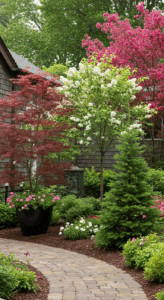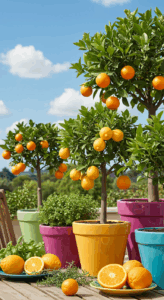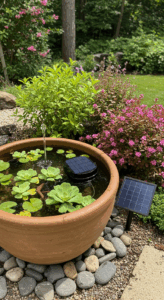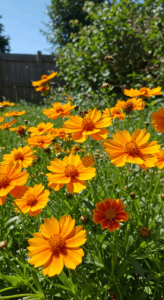1. The Classic Raised Bed Revolution
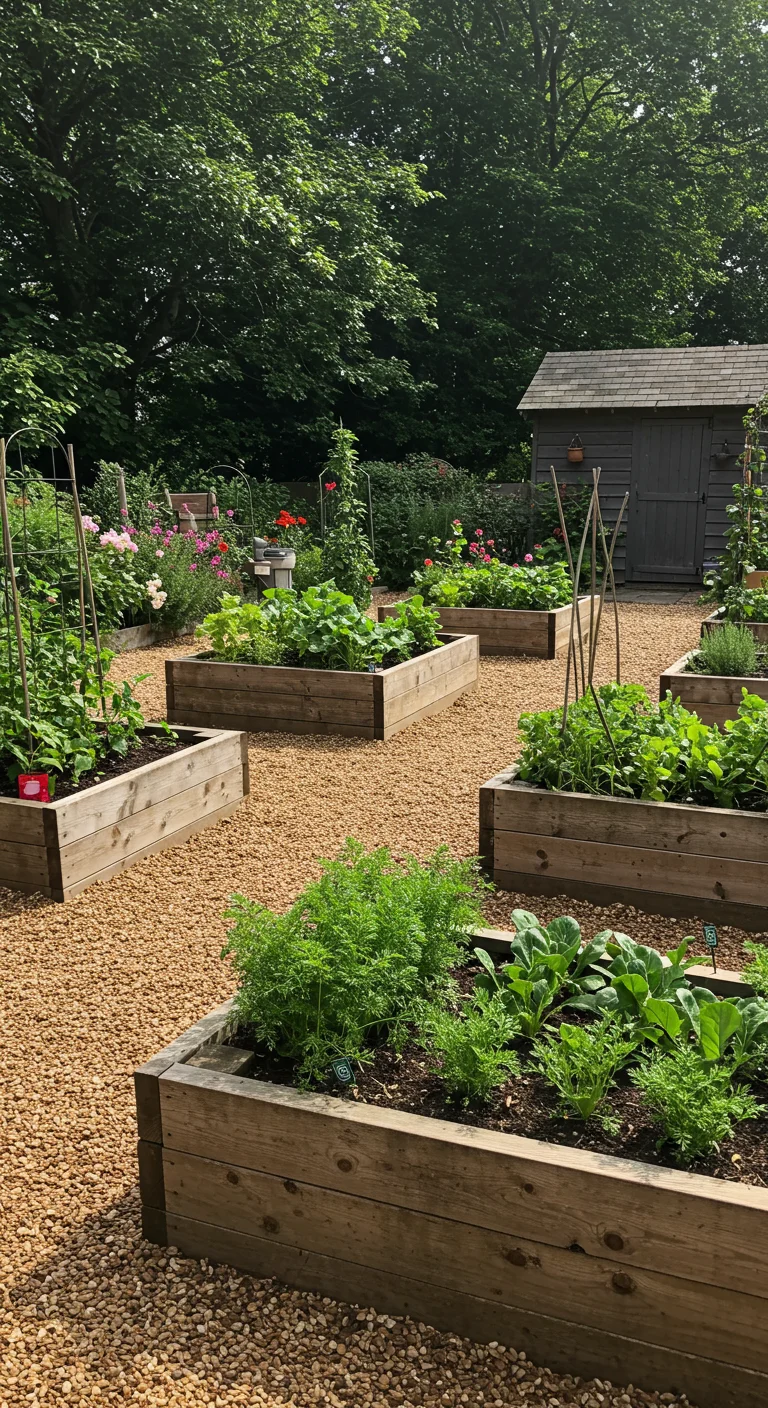
The Classic Raised Bed Revolution has transformed the way we approach vegetable gardening, making it accessible and efficient for both novice and experienced gardeners. Raised beds provide improved soil drainage, enhanced aeration, and a controlled growing environment, which can lead to healthier plants and higher yields. They can be constructed from various materials such as wood, stone, or recycled composites, allowing for customization to fit any garden style. Additionally, raised beds can alleviate the strain of bending over, making gardening more comfortable. To maximize productivity, consider incorporating companion planting and crop rotation within your raised beds, and utilize pathways between them for easy access and maintenance. This method not only boosts your vegetable output but also adds an aesthetic appeal to your garden space.
2. Vertical Gardens: Growing Upward in Style

Vertical gardens are an innovative solution for maximizing space while adding a stunning aesthetic to your vegetable garden. By utilizing trellises, wall-mounted planters, and hanging pots, you can grow a variety of vegetables such as tomatoes, cucumbers, and herbs upward, making them ideal for small backyards or urban settings. This technique not only saves ground space but also improves air circulation and sunlight exposure for your plants, reducing the risk of pests and diseases. To create a thriving vertical garden, ensure you select sturdy supports, choose plants that are suited for vertical growth, and maintain regular watering and fertilization schedules. With creativity and care, vertical gardens can transform any small area into a lush, green oasis that is both functional and beautiful.
3. Edible Landscaping: Blending Beauty with Function
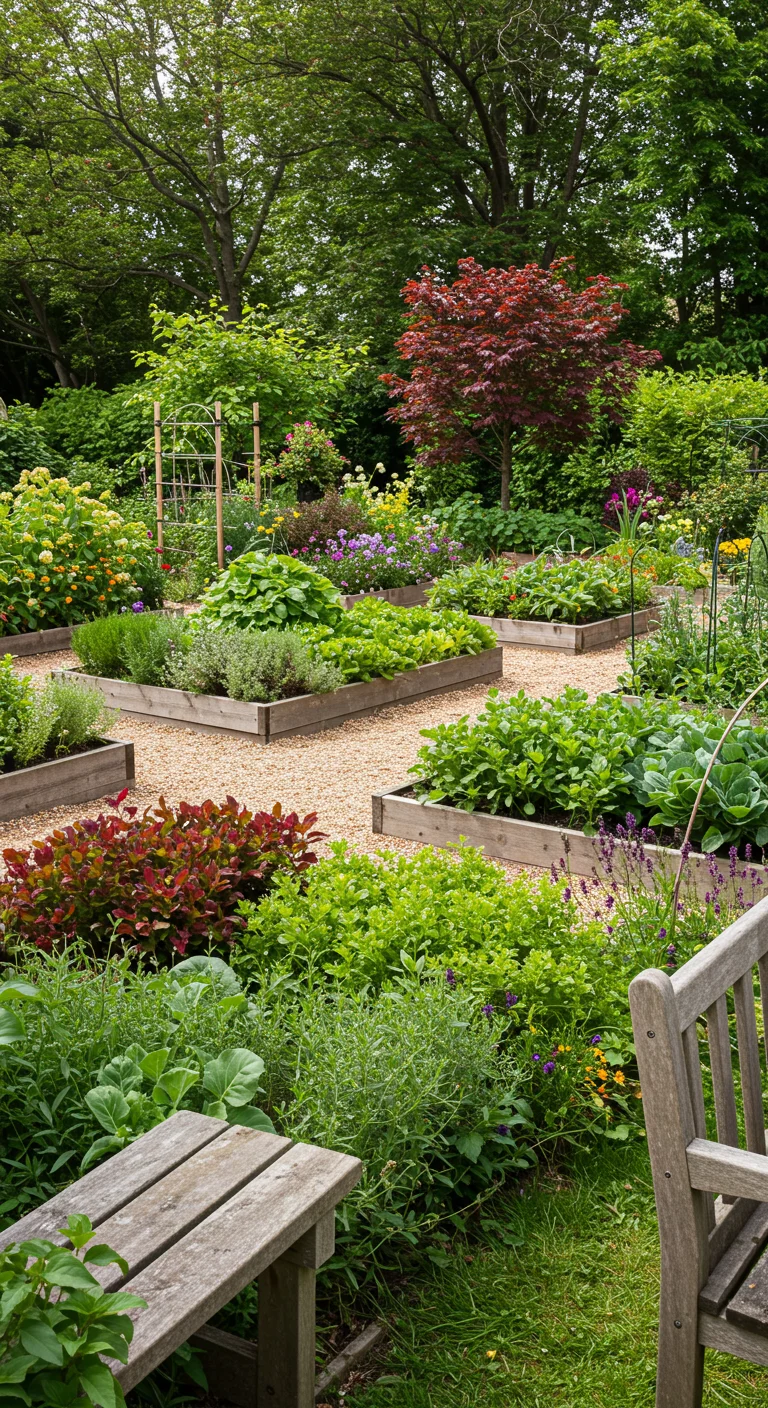
Edible landscaping is an innovative approach that merges aesthetic appeal with practical food production, allowing garden enthusiasts to enjoy both beauty and function. By incorporating edible plants into traditional landscaping, such as mixing fruit-bearing trees, berry bushes, and vibrant herbs among ornamental flowers and shrubs, you create a visually stunning garden that provides fresh produce. This design not only enhances the diversity and productivity of your space but also promotes sustainability by reducing the need for store-bought groceries. Consider using vertical gardens or raised beds to maximize space while ensuring easy access to your harvest. With careful planning, you can transform your outdoor area into a lush, colorful landscape that delights the senses and nourishes the body.
4. Container Gardening: Flexibility for Any Space
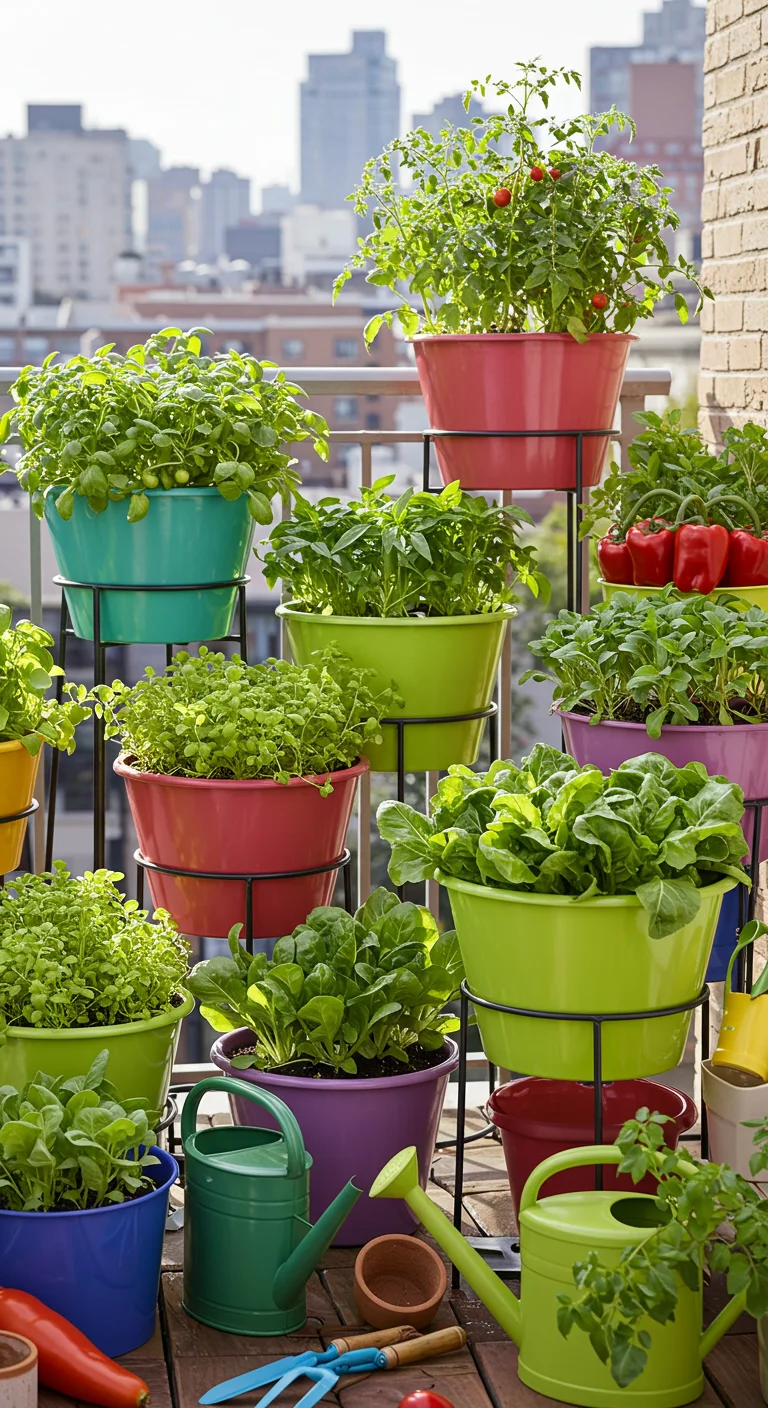
Container gardening is an excellent solution for those with limited space, such as balconies, patios, or small backyards. By using pots, planters, or vertical gardening systems, you can create a vibrant vegetable garden that fits your lifestyle and available area. Choose a variety of containers in different sizes and shapes to add visual interest, and consider using lightweight materials for easy mobility. Herbs, tomatoes, peppers, and salad greens thrive in containers, allowing you to enjoy fresh produce right at your doorstep. Additionally, containers can be arranged to maximize sunlight exposure and can easily be moved to protect plants from harsh weather, making container gardening a flexible and practical option for urban dwellers or anyone seeking a manageable gardening experience.
5. Herb Spiral: A Whimsical Way to Grow
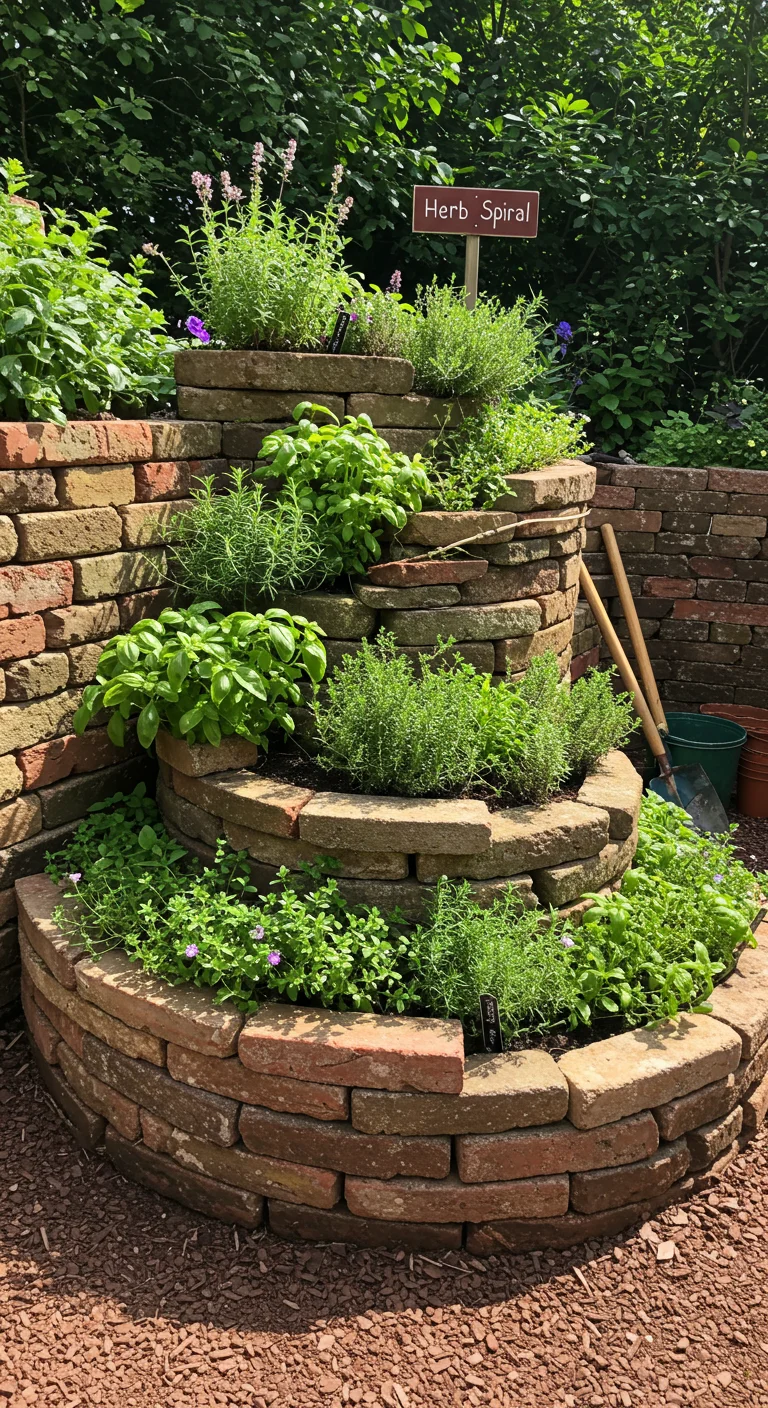
The herb spiral is a dynamic and space-efficient garden design that maximizes vertical space while creating unique microclimates for various herbs. This spiral structure, typically built with stones or bricks, rises in height and allows for an array of plants to thrive in distinct conditions—from dry, sunny areas at the top to moist, shaded sections at the bottom. Not only does it encourage biodiversity, but it also enhances accessibility, making it easy to harvest your favorite herbs. Consider incorporating a variety of culinary herbs, medicinal plants, and even edible flowers to create a vibrant and functional garden feature. Additionally, the spiral design promotes water conservation, as rainwater naturally flows downwards, watering the lower sections. This whimsical approach to gardening not only beautifies your outdoor space but also provides a diverse harvest all year round.
6. Themed Gardens: Channeling Your Inner Chef
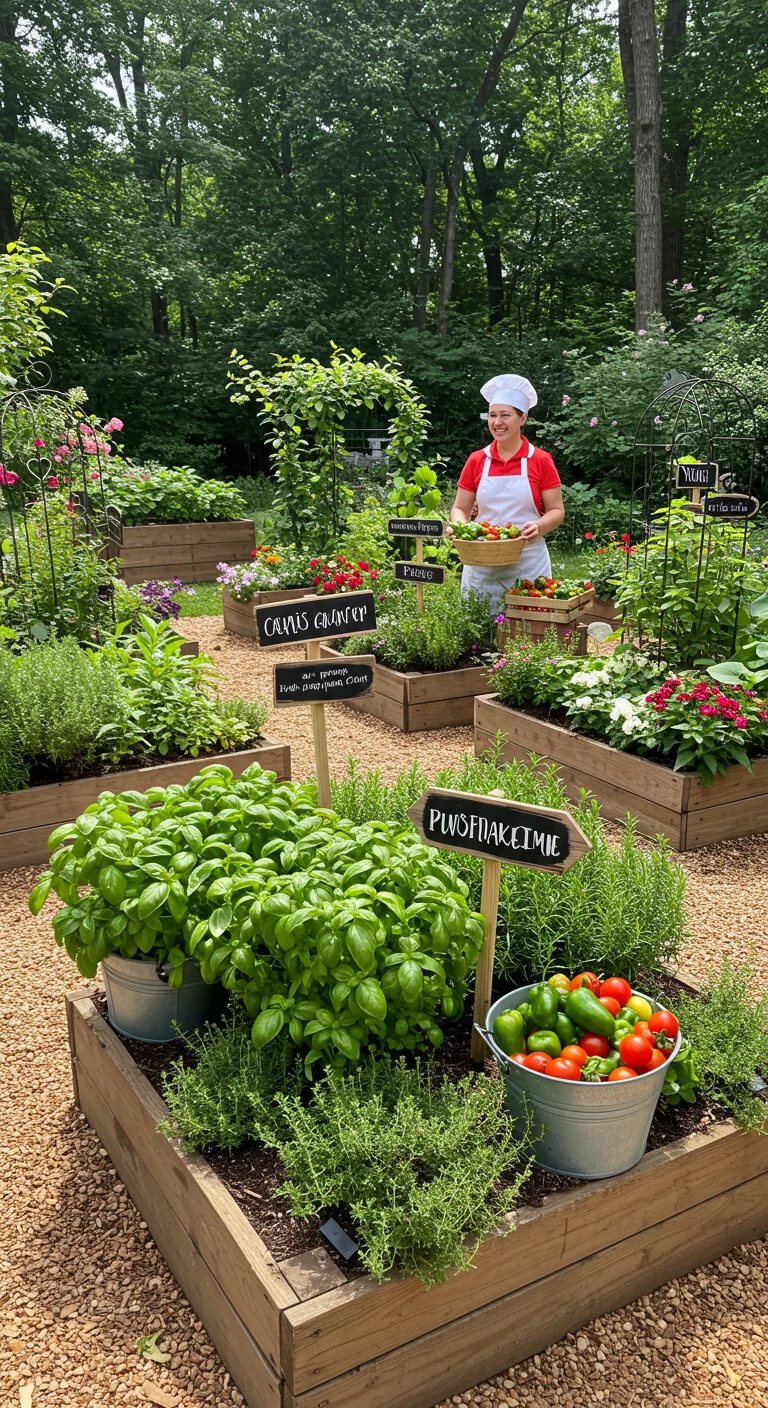
Themed gardens offer a unique way to channel your inner chef by creating a culinary sanctuary right in your backyard. Consider designing a Mediterranean herb garden featuring fragrant rosemary, thyme, and basil, which not only enhances your dishes but also adds visual appeal with their varying textures and colors. Alternatively, a salsa garden can be a vibrant mix of tomatoes, peppers, and cilantro, perfect for fresh summer recipes. Incorporate raised beds or decorative containers to define each theme and make harvesting easy. Adding signage or decorative elements that reflect your chosen cuisine can further inspire creativity in the kitchen. By aligning your garden design with your cooking style, you can cultivate an environment that fuels your passion for food and encourages experimentation with fresh, home-grown ingredients.
7. Companion Planting: Friends in the Garden
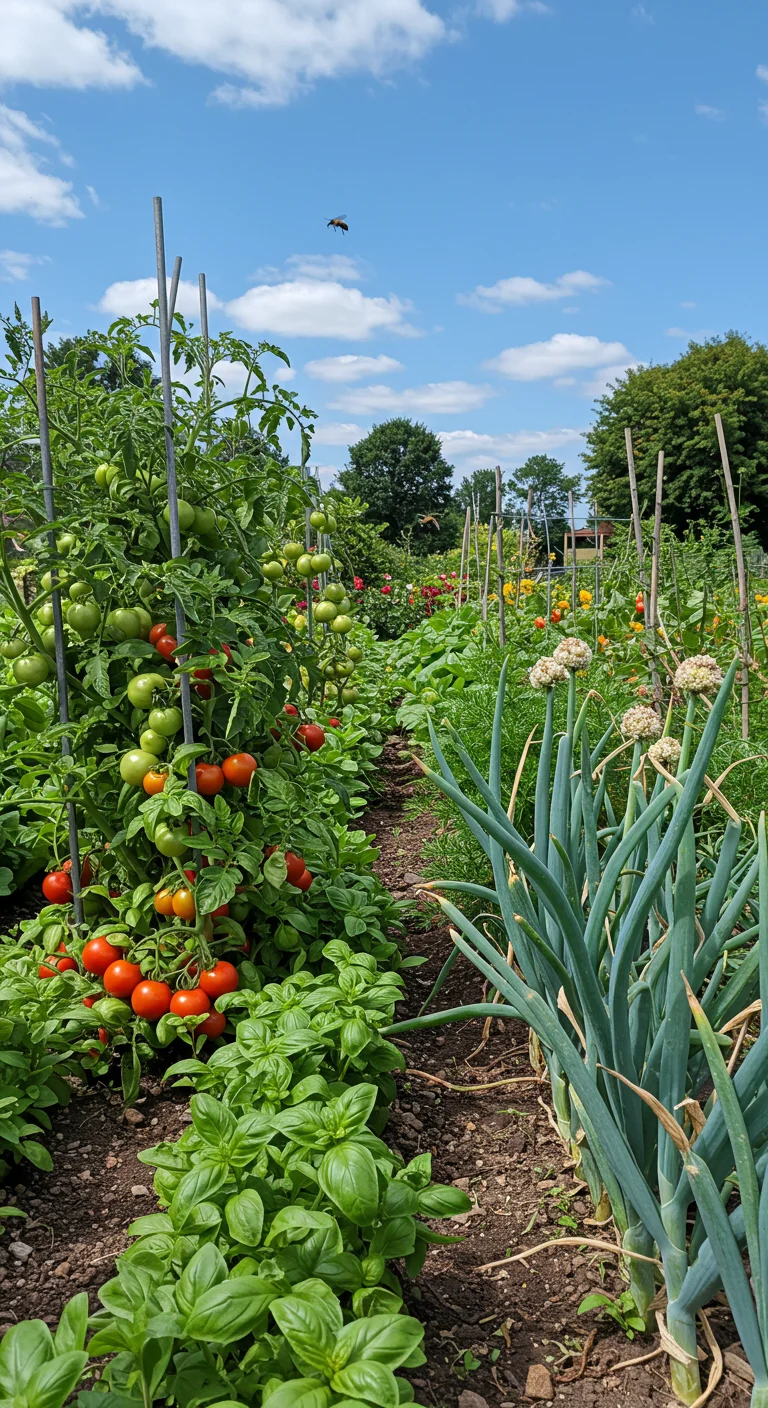
Companion planting is a gardening technique that involves strategically placing certain plants together to enhance growth, deter pests, and improve overall garden health. For instance, planting tomatoes alongside basil not only maximizes space but also enhances the flavor of the tomatoes and repels harmful insects. Similarly, pairing carrots with onions can help to deter carrot flies while allowing both crops to thrive without competing for resources. This symbiotic relationship encourages a more productive garden, reduces the need for chemical pesticides, and fosters a diverse ecosystem. By understanding which plants work well together, gardeners can create a harmonious garden that yields healthier vegetables and minimizes maintenance efforts.
8. Colorful Companion Beds: A Feast for the Eyes
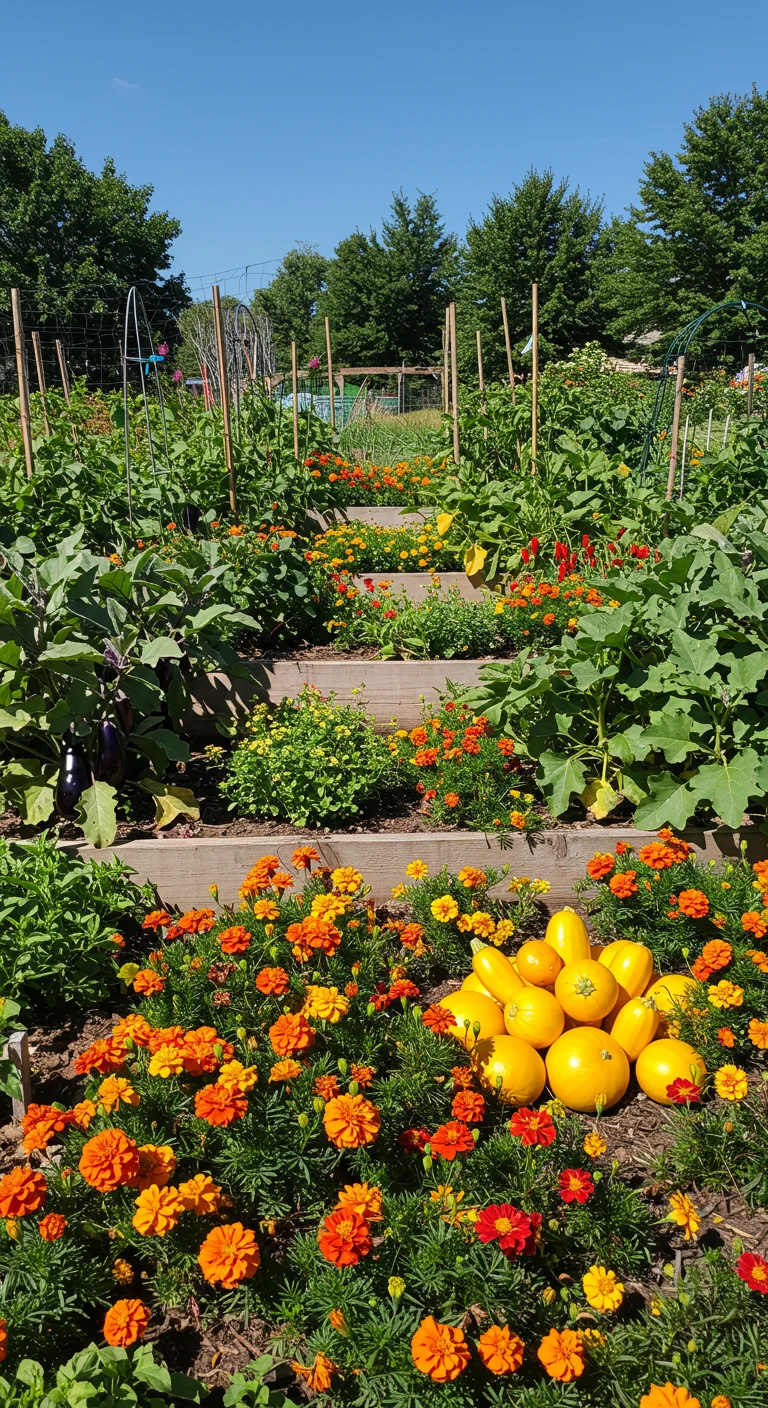
Colorful companion beds in vegetable gardens not only enhance the aesthetic appeal but also promote biodiversity and healthy plant growth. By strategically pairing vibrant vegetables like purple eggplants, golden squash, and red peppers with flowering herbs such as marigolds and nasturtiums, you create a visually stunning display while naturally deterring pests. This method also maximizes space, allowing you to grow a variety of plants in a compact area. To achieve a feast for the eyes, consider using a tiered planting approach, where taller plants are placed at the back and shorter ones in the front, ensuring every color shines through. Regular maintenance, such as deadheading flowers and pruning vegetables, will keep your garden looking vibrant all season long.
9. Pollinator Paradise: Attracting Bees and Butterflies
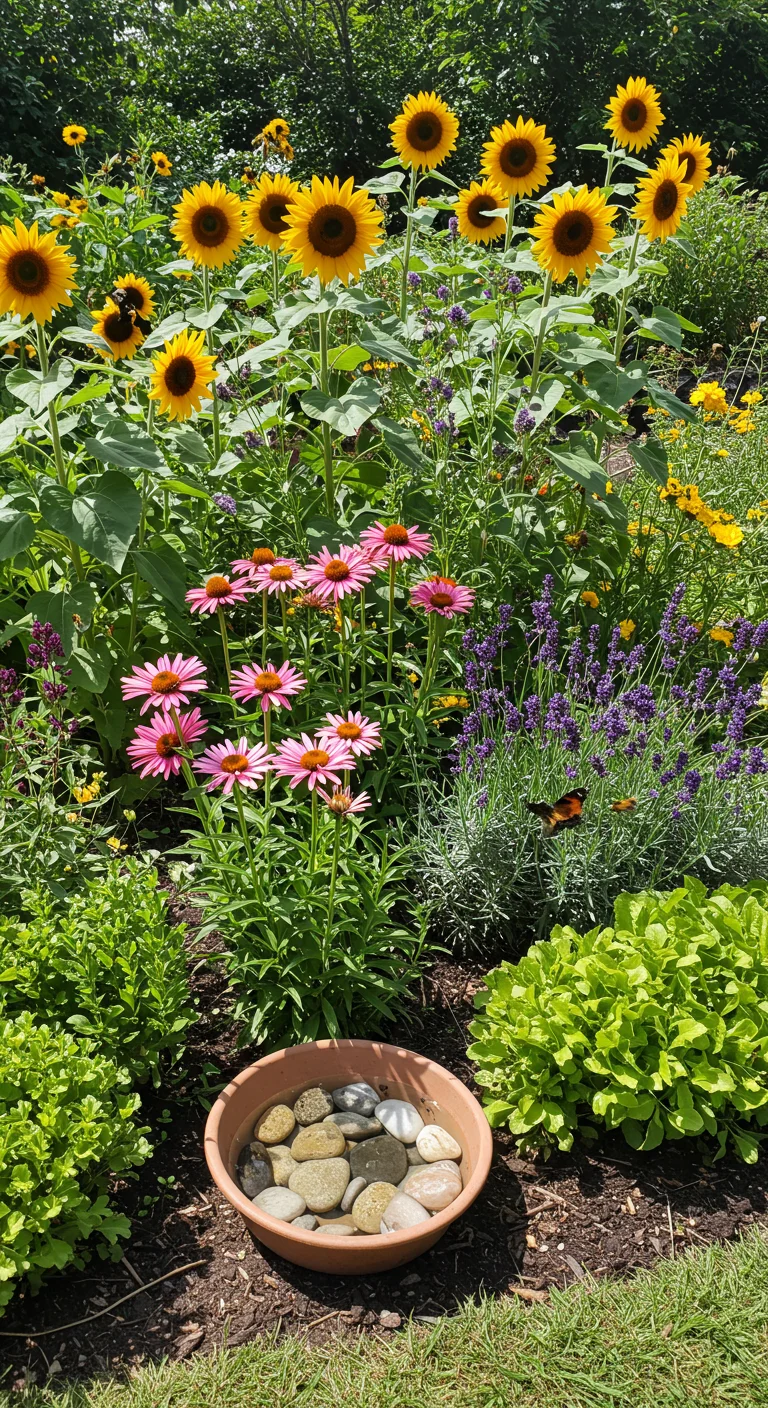
Creating a pollinator paradise in your vegetable garden is essential for enhancing biodiversity and ensuring healthy crops. Start by incorporating a variety of flowering plants that bloom at different times throughout the growing season, such as sunflowers, lavender, and coneflowers, to attract bees and butterflies. Plant in clusters to maximize visibility and accessibility for these vital pollinators. Avoid using pesticides, which can harm beneficial insects, and consider planting native species, as they are more likely to thrive in your local environment and attract local pollinators. Additionally, providing water sources, such as shallow dishes filled with pebbles, can create a welcoming habitat for these creatures, encouraging them to visit frequently and boost your garden’s productivity.
10. Mediterranean Magic: Sun-Kissed Garden Designs
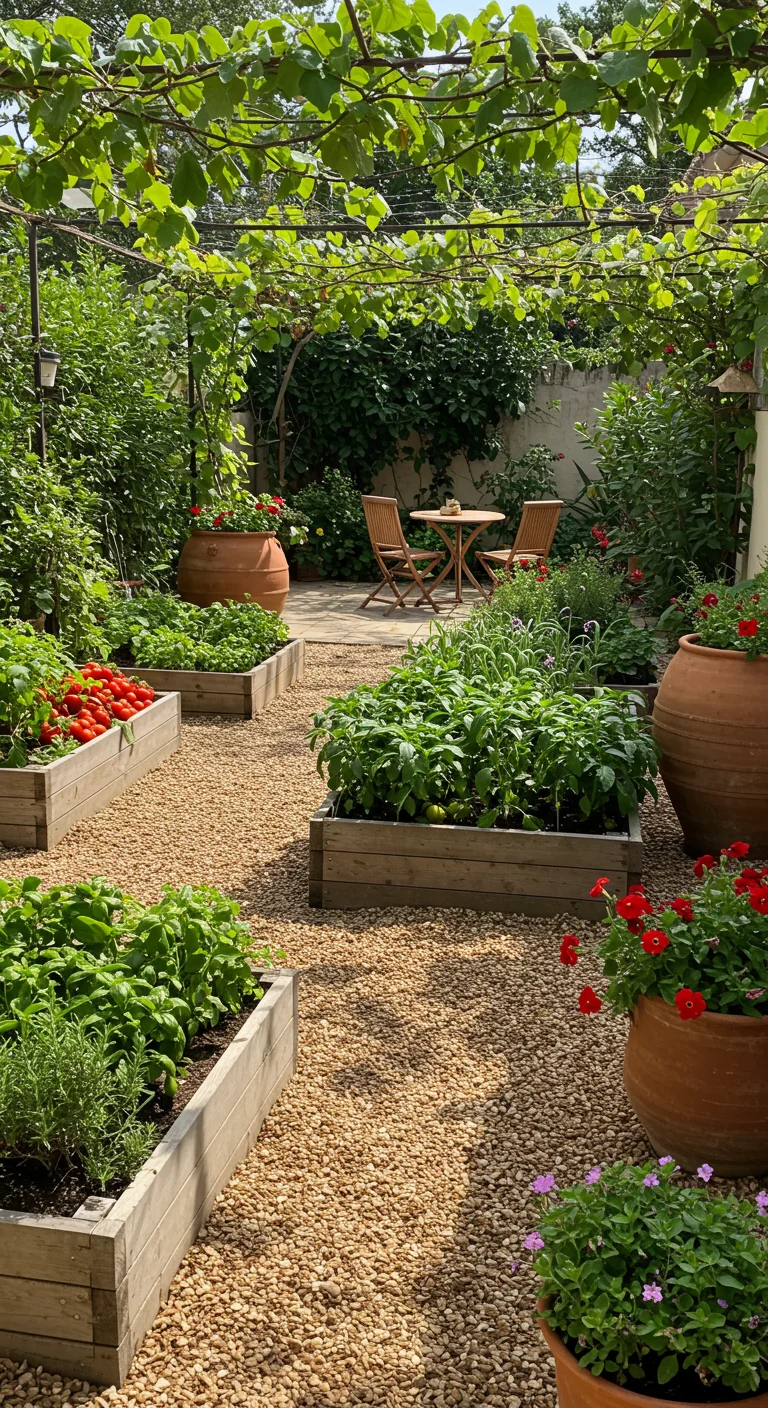
Mediterranean gardens are characterized by their vibrant colors, aromatic herbs, and drought-resistant plants, making them ideal for vegetable cultivation in warm climates. Incorporate raised beds filled with sun-loving vegetables like tomatoes, peppers, and eggplants, surrounded by fragrant herbs such as rosemary and basil. Use terracotta pots for easy mobility and to add a rustic touch, and consider vertical gardening to maximize space while providing a stunning visual appeal. Incorporate pathways of gravel or stones to enhance drainage and highlight the natural beauty of your garden. For added charm, include a small seating area shaded by a pergola adorned with climbing vines, creating a serene space to enjoy the fruits of your labor under the Mediterranean sun.
11. The Cottage Garden: A Chaotic Charm
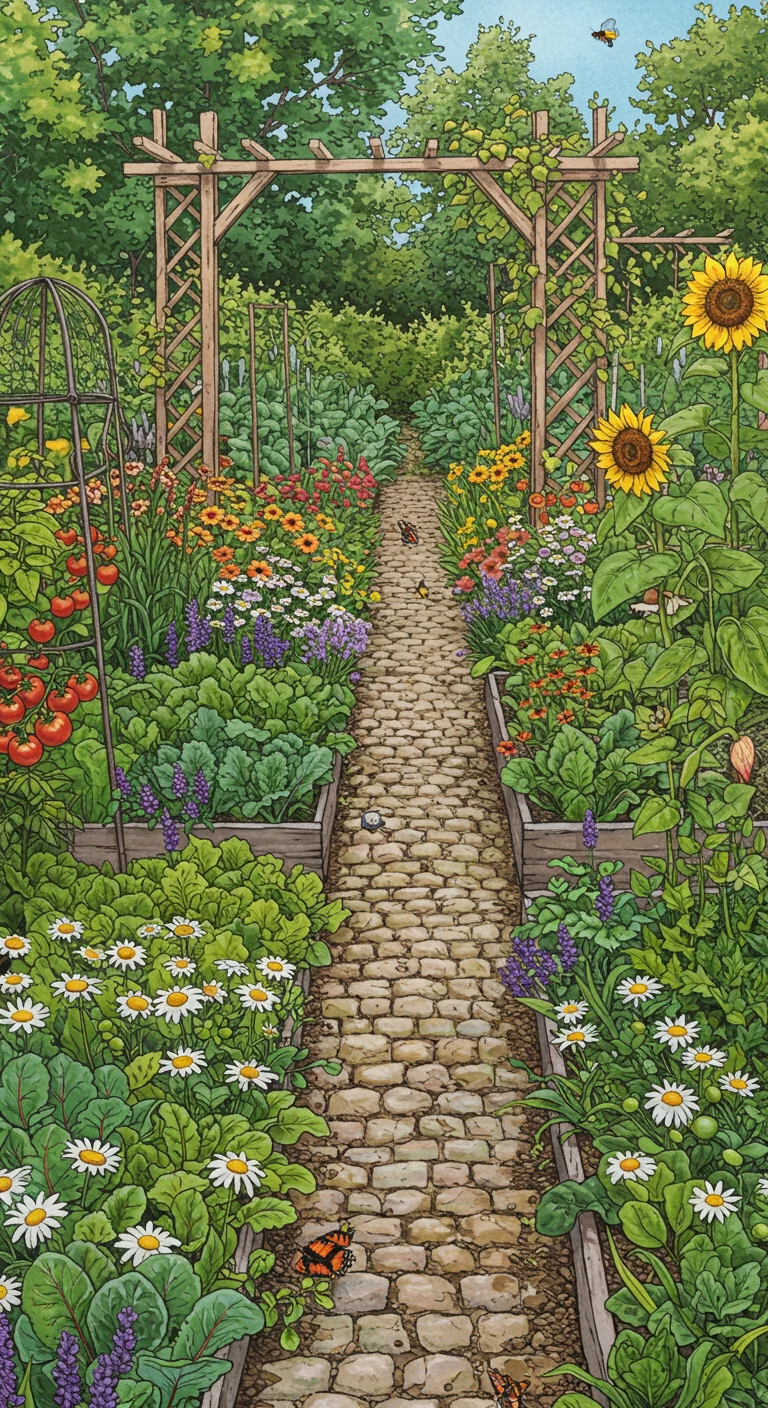
The Cottage Garden embodies a delightful mix of vegetables, herbs, and flowers, creating a vibrant tapestry that is both functional and aesthetically pleasing. This design embraces a seemingly chaotic charm, where plants are intermingled and allowed to grow in a natural, unstructured manner. To create your own cottage garden, select a variety of colorful annuals and perennials alongside your vegetable choices, such as tomatoes, peppers, and leafy greens. Incorporate aromatic herbs like basil and mint, which not only enhance the visual appeal but also attract beneficial pollinators. Utilize raised beds or traditional rows, ensuring good sunlight exposure, while leaving room for spontaneous growth. This approach not only maximizes space but also encourages biodiversity, making your garden a thriving ecosystem that delights the senses and provides a bountiful harvest.
12. Zen Gardens: Tranquility in Every Leaf
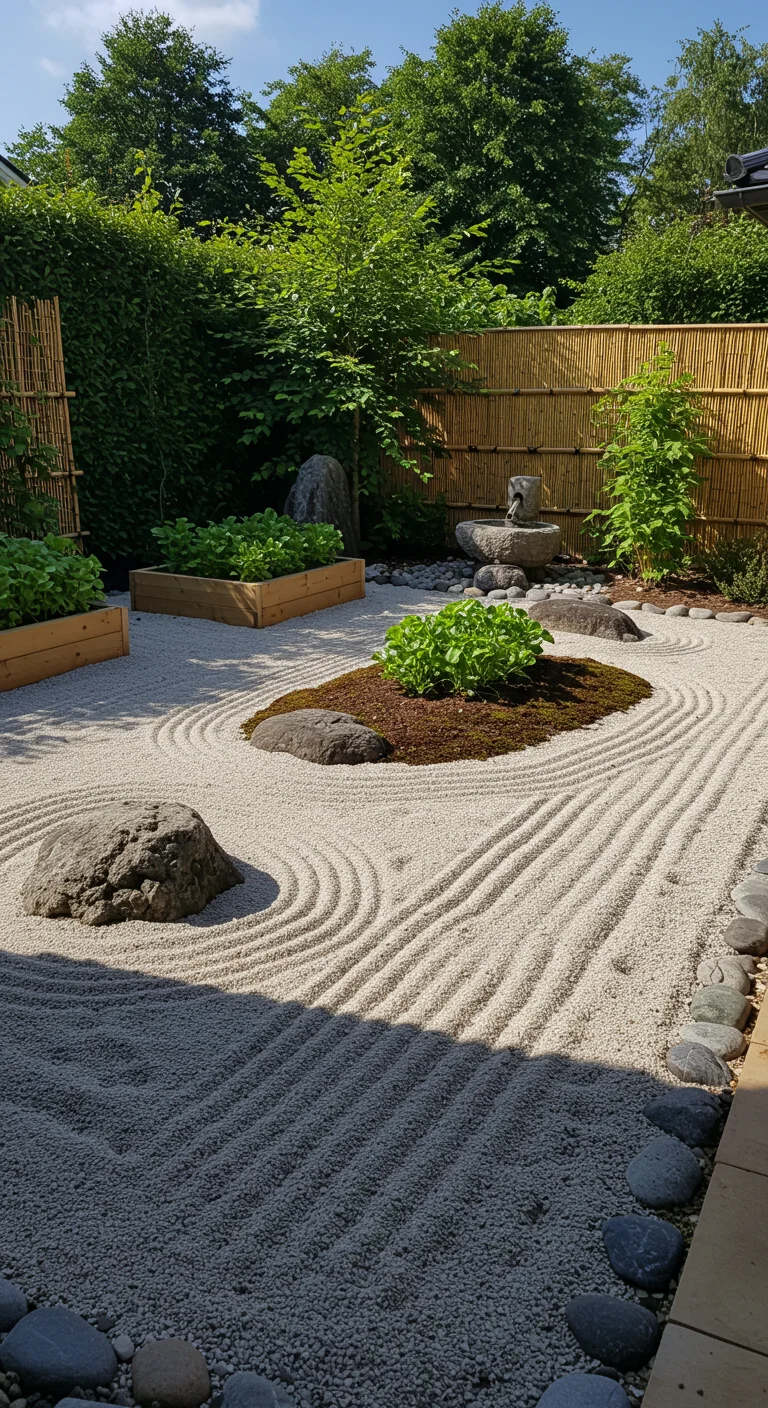
Zen gardens, also known as dry landscapes, beautifully combine simplicity and tranquility, making them an ideal addition to any vegetable garden design. By integrating elements such as smooth pebbles, raked sand patterns, and strategically placed rocks, you create a serene space that promotes mindfulness and relaxation. To enhance the experience, consider planting vegetables in raised beds surrounded by these Zen elements, allowing the lush greenery to contrast with the minimalistic design. Bamboo fences can be added to delineate spaces, while small water features like a stone basin can provide a soothing sound. This harmonious blend not only offers a calming ambiance but also encourages a connection with nature as you cultivate your vegetables amidst the peaceful aesthetic of a Zen garden.
13. Fruitful Fences: Edible Borders for Your Garden
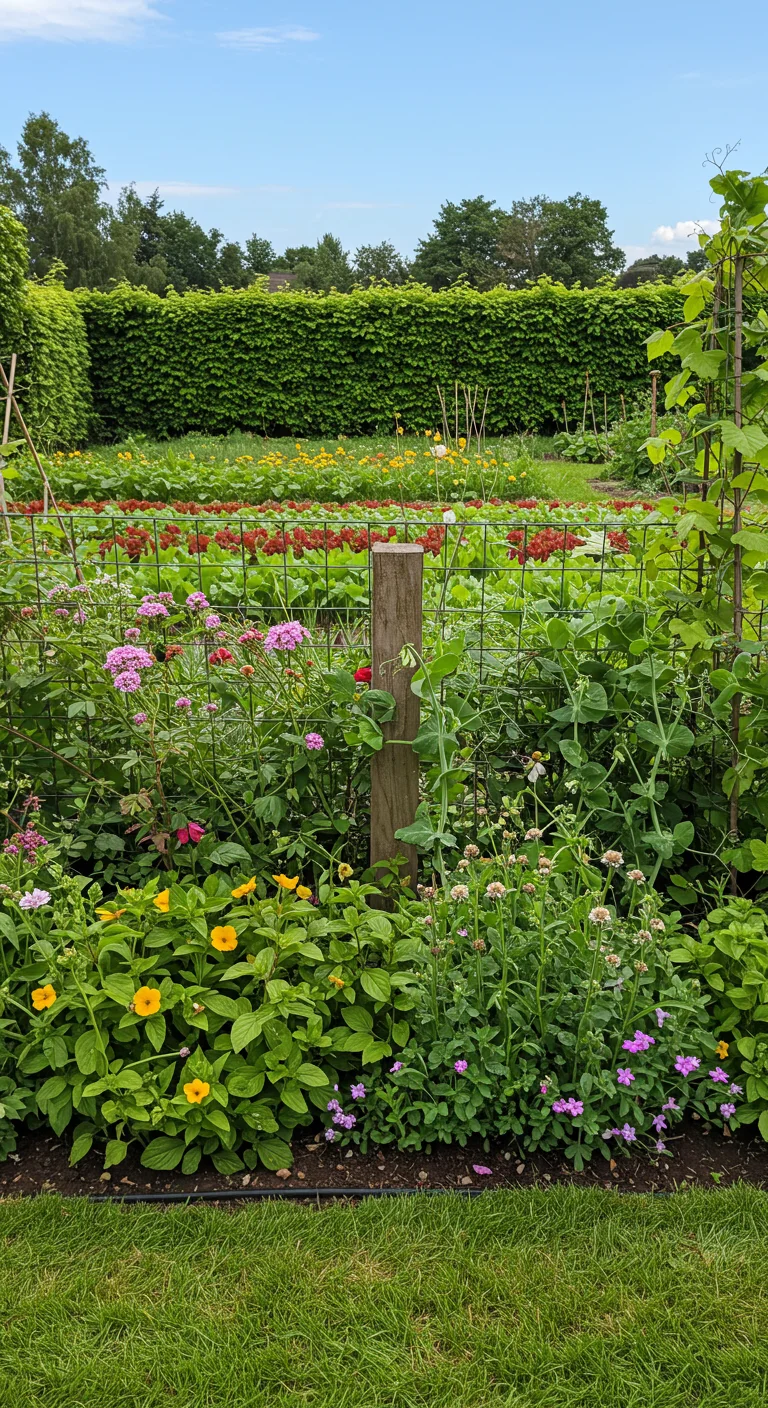
Fruitful fences are an innovative way to enhance your vegetable garden while maximizing space and productivity. By incorporating edible plants such as berry bushes, climbing peas, or even dwarf fruit trees along the perimeter, you can create a beautiful and functional border that not only defines your garden’s boundaries but also provides a harvest of fresh produce. Consider using trellises or vertical gardening methods to allow climbing plants to flourish, creating a lush, green wall of nutrition. Additionally, mixed plantings of herbs and flowers can attract beneficial insects, further enhancing your garden’s ecosystem. This edible approach not only beautifies your space but also encourages sustainable gardening practices by reducing the need for store-bought produce.
14. The Rainbow Row: Color-Coded Planting
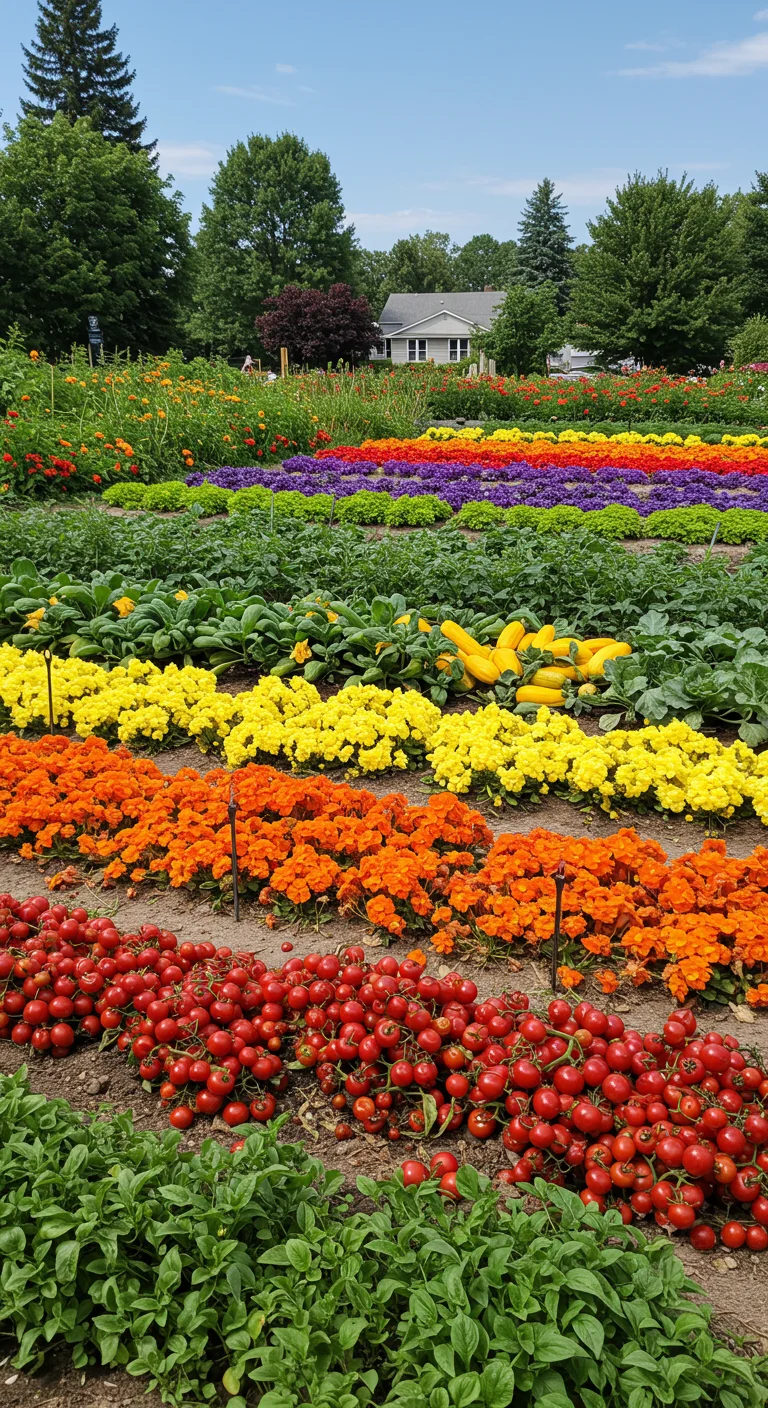
The Rainbow Row concept involves organizing your vegetable garden into color-coded sections, creating a visually stunning and harmonious display that is both functional and appealing. By grouping plants based on the color of their fruits or foliage—such as red tomatoes, orange carrots, yellow squash, green cucumbers, and purple eggplants—you not only enhance the aesthetics of your garden but also make it easier to manage. This system allows for efficient crop rotation and the ability to quickly identify ripe produce. To maximize the impact, consider using companion planting techniques and varying plant heights, which will add dimension and visual interest. Additionally, this colorful arrangement can attract beneficial insects, promoting a healthier garden ecosystem. Transform your space into a vibrant rainbow of flavors that delights the eyes and taste buds alike!
15. Upcycled Garden Ideas: Sustainability Meets Style

Upcycled garden ideas are a fantastic way to combine sustainability with style, allowing you to transform everyday items into functional and aesthetic elements for your vegetable garden. Consider using old wooden pallets to create vertical planters, repurposing tin cans as colorful herb pots, or turning wine barrels into raised beds. These creative projects not only reduce waste but also add a unique flair to your garden space. Additionally, using glass jars as mini-greenhouses can help seedlings thrive while offering a charming decorative touch. By incorporating these upcycled materials, you can cultivate a beautiful and eco-friendly garden that reflects your personality and commitment to sustainability.
16. Hydroponics: Soil-less Gardening for Modern Times
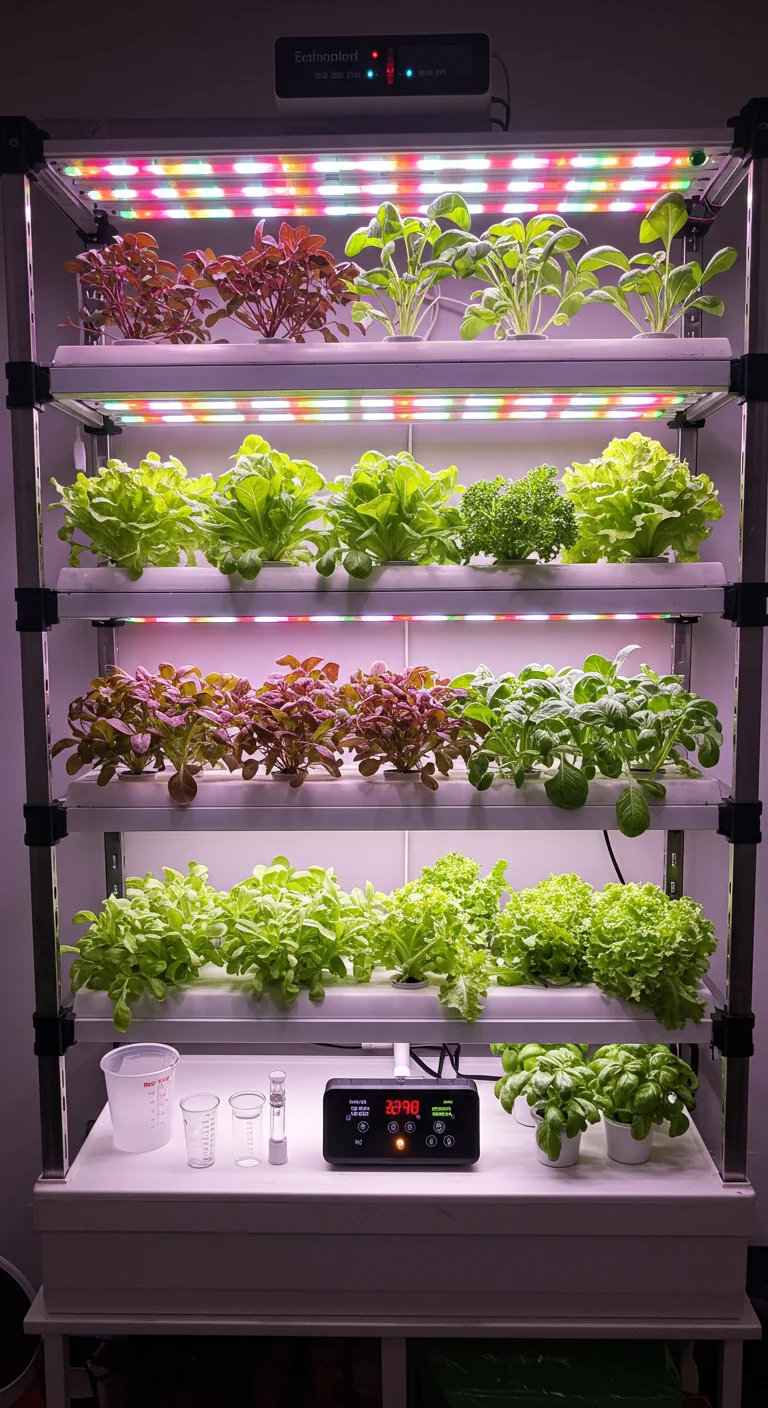
Hydroponics is revolutionizing the way we grow vegetables by eliminating the need for soil and allowing for more efficient resource use. This method involves cultivating plants in a nutrient-rich water solution, which can significantly accelerate growth rates and yield. Ideal for urban environments, hydroponics systems can be set up indoors or outdoors, utilizing vertical space to maximize production. Key types of hydroponic systems include nutrient film technique (NFT), deep water culture (DWC), and aeroponics, each catering to different plants and grower preferences. For beginners, starting with simple systems like Kratky or wick systems can ease the learning curve while still producing fresh herbs and vegetables. With the right setup, hydroponics can lead to sustainable gardening practices that support local food systems and reduce environmental impact.
17. The Secret Garden: Hidden and Enclosed Spaces
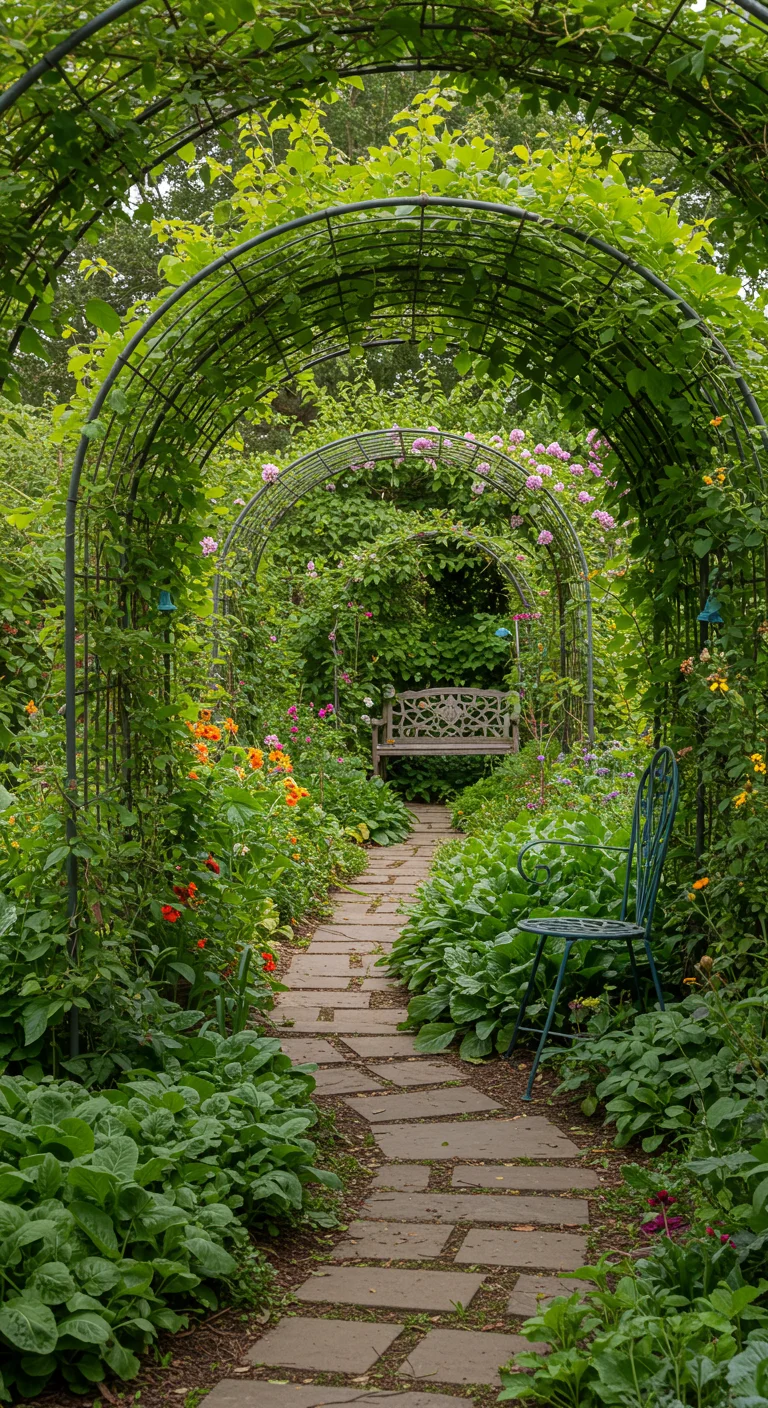
Creating a secret garden with hidden and enclosed spaces can transform your vegetable garden into a magical retreat. Use trellises, arbors, or tall hedges to define boundaries, providing both privacy and a sense of discovery. Incorporating winding pathways can lead to secluded corners where you can place whimsical garden furniture or decorative elements. Consider using climbing plants like peas or beans to create vertical greens that enhance the feeling of enclosure while maximizing space. Adding features such as a small pond or a seating area surrounded by fragrant herbs can invite relaxation and contemplation, making your garden not just a place for growing food, but also a sanctuary for the soul. A well-arranged secret garden can inspire creativity and tranquility in your gardening experience.
18. The Mediterranean Potager: Where Function Meets Aesthetics
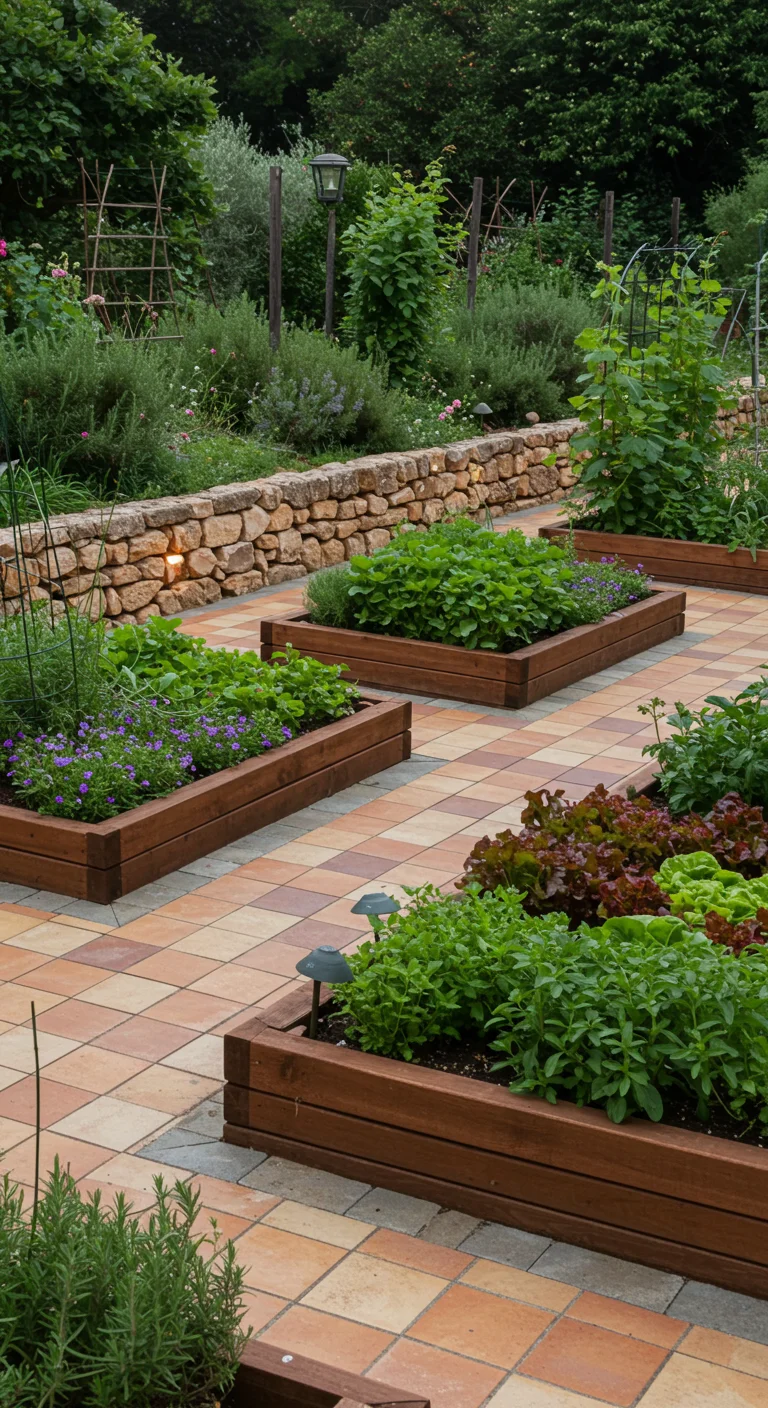
The Mediterranean potager embodies the perfect blend of functionality and aesthetics, making it an ideal choice for any vegetable garden enthusiast. Characterized by its organized layout and vibrant plantings, this garden style typically features raised beds or container gardens filled with a harmonious mix of vegetables, herbs, and edible flowers. Key elements include colorful tiles or stone pathways that not only enhance visual appeal but also provide practical access for maintenance. Incorporating native Mediterranean plants, such as rosemary and thyme, can attract beneficial pollinators while ensuring low water usage. To optimize space and yield, consider vertical gardening techniques, such as trellises or wall planters. The result is a stunning and productive garden that serves as an inviting outdoor space for both cooking and relaxation.
19. Garden Mandalas: Art in Nature
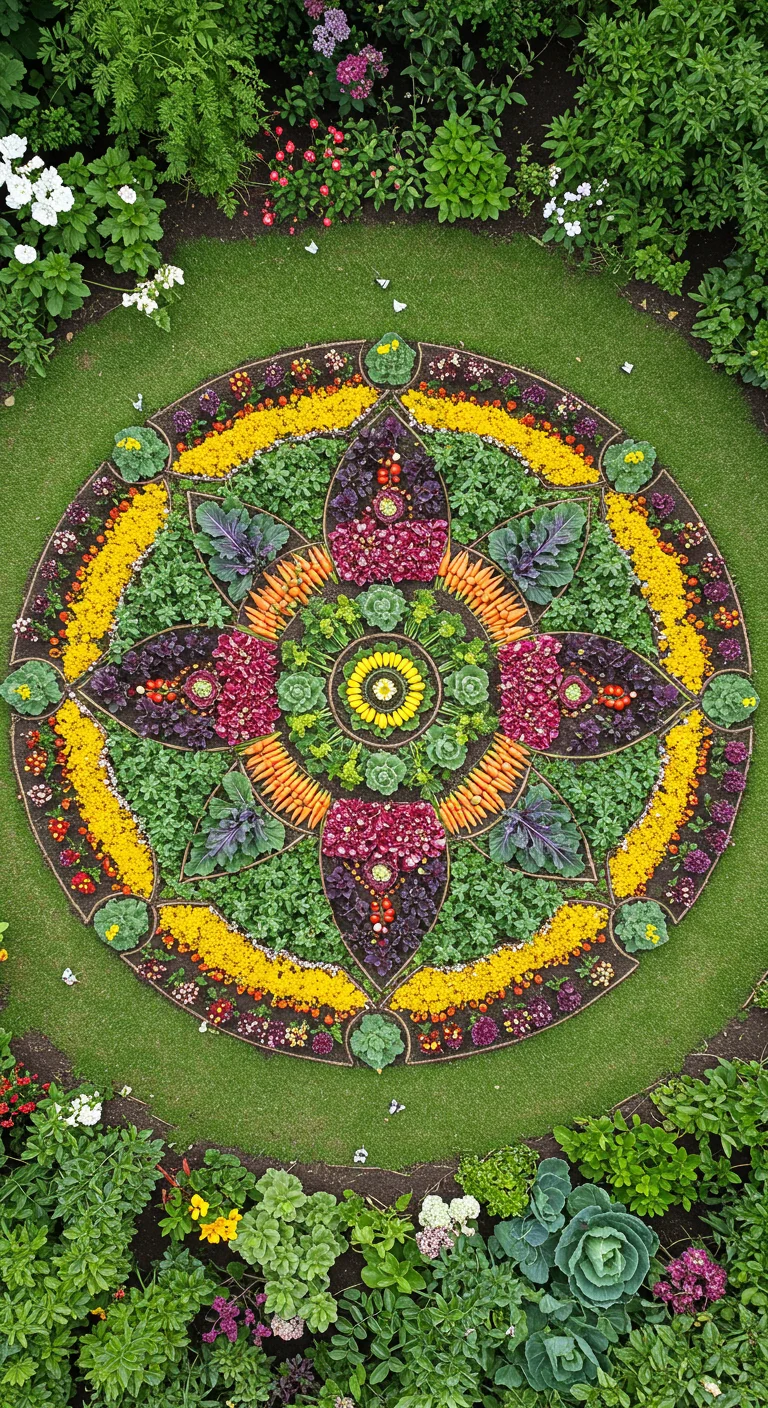
Garden mandalas are a beautiful way to combine art and nature in your vegetable garden, creating a visually stunning and harmonious space. These intricate designs can be made using a variety of plants, including colorful vegetables, herbs, and flowers, arranged in circular patterns that radiate from a central point. To create a garden mandala, start by sketching your design on paper, considering the size and layout of your garden. Use companion planting principles to ensure that the plants not only look aesthetically pleasing but also support each other’s growth. This method not only enhances the beauty of your garden but also encourages biodiversity and pollinator attraction. Whether you opt for a simple design or a complex masterpiece, garden mandalas will transform your veggie patch into a vibrant, living artwork that delights the eye and nourishes the soul.
20. Forest Gardens: Mimicking Nature’s Design
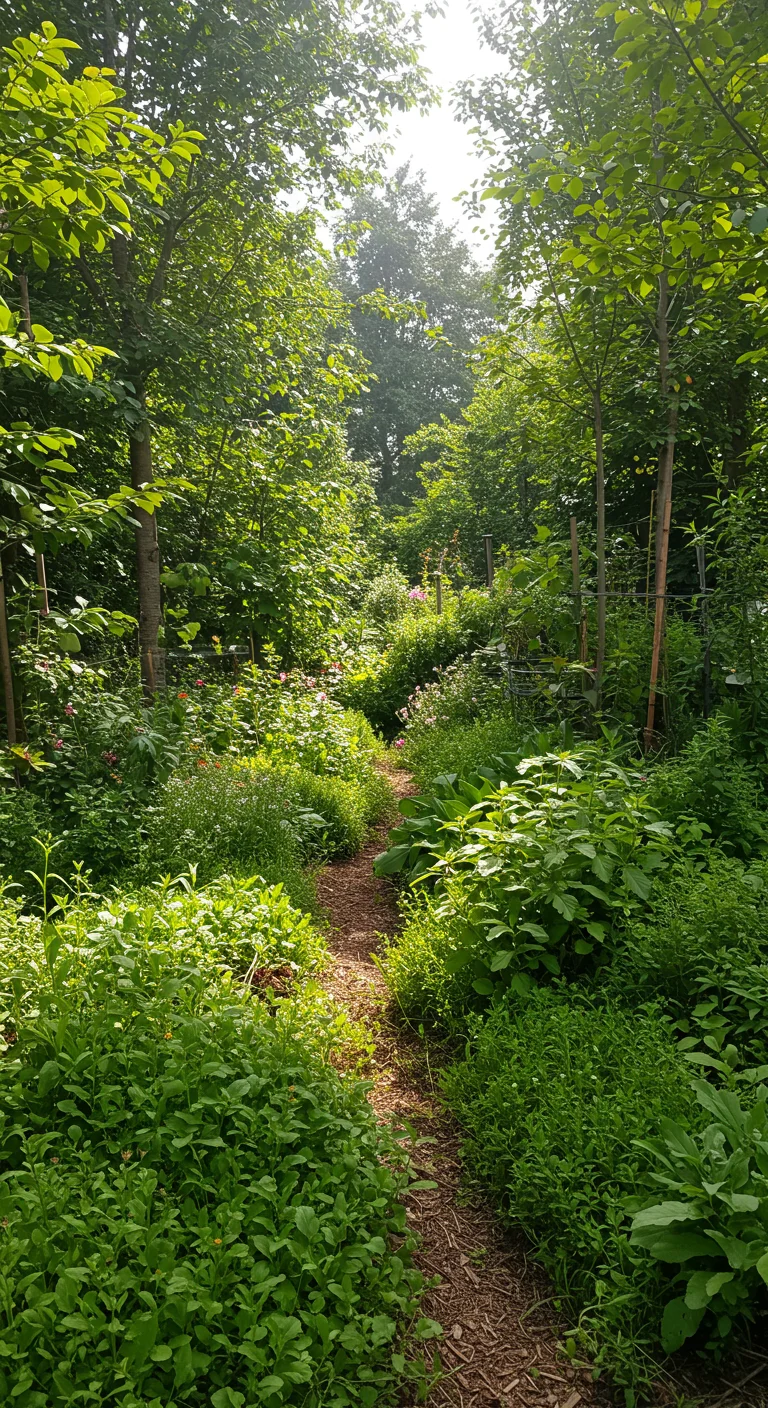
Forest gardens are a sustainable gardening method that mimic the structure of a natural forest ecosystem, providing a rich diversity of plants while maximizing space and resources. By layering plants—such as tall fruit trees, mid-height shrubs, and ground-covering herbs and vegetables—gardeners can create a self-sustaining environment that requires minimal maintenance. This approach not only enhances biodiversity but also improves soil health and encourages beneficial wildlife. Incorporating companion plants, such as nitrogen-fixing legumes or pest-repelling herbs, can further enhance productivity while reducing the need for chemical interventions. For those looking to create a forest garden, consider starting with native species that thrive in your region, as they will be well-adapted to local conditions and support local fauna, transforming your garden into a vibrant, thriving ecosystem.
21. Seasonal Sensations: Year-Round Design Strategies
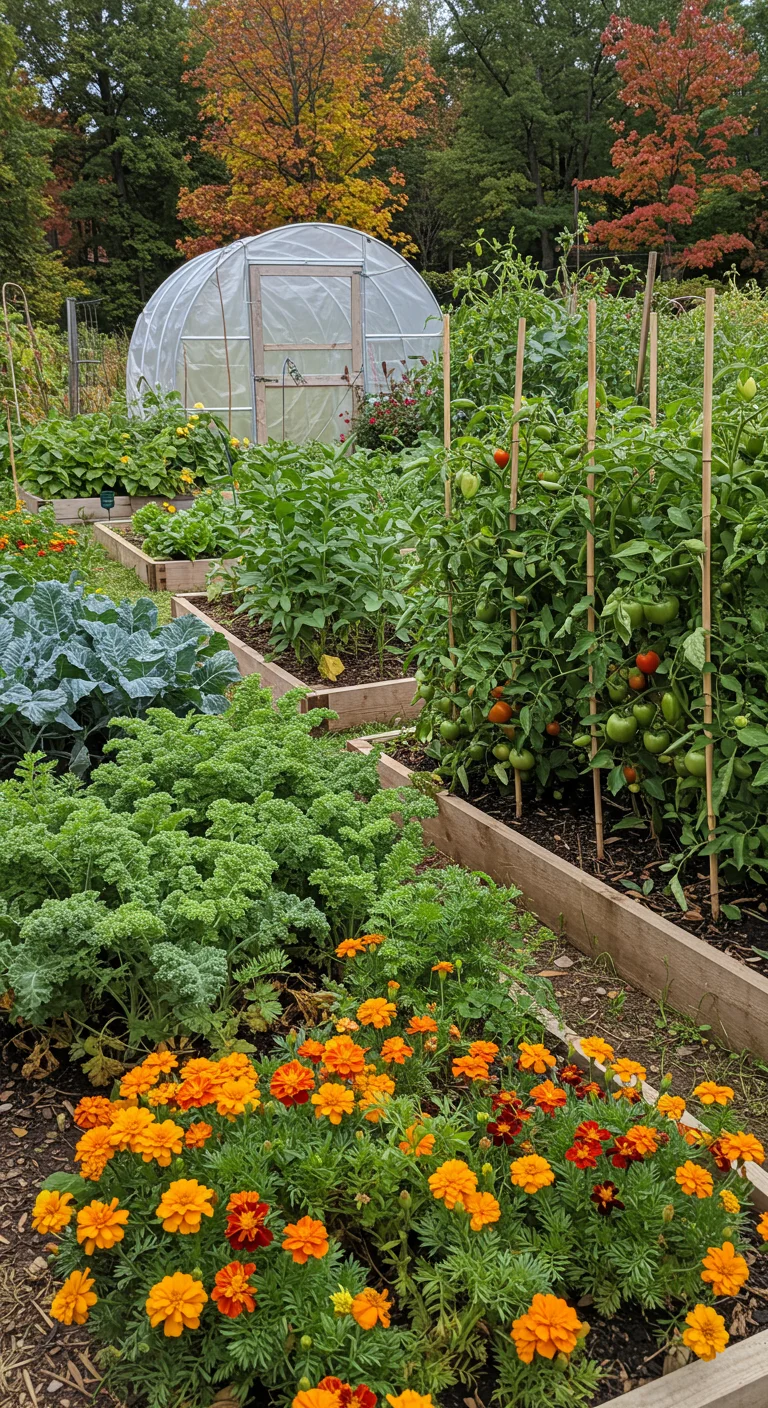
To create a vibrant and productive vegetable garden throughout the year, implement seasonal design strategies that cater to your climate and local conditions. Start by selecting a mix of cool-season crops like kale and carrots for fall and winter, while reserving warm-season favorites like tomatoes and peppers for spring and summer. Use companion planting to maximize space and health, integrating flowers such as marigolds to attract pollinators. Incorporate raised beds with varied heights to facilitate crop rotation and make harvesting easier. Additionally, consider implementing season-extending structures like hoop houses or cold frames to protect plants from frost while allowing you to enjoy fresh produce well into the colder months. These thoughtful design choices will ensure your garden remains productive and visually appealing year-round.
22. The Rustic Farmhouse Look: Timeless Appeal
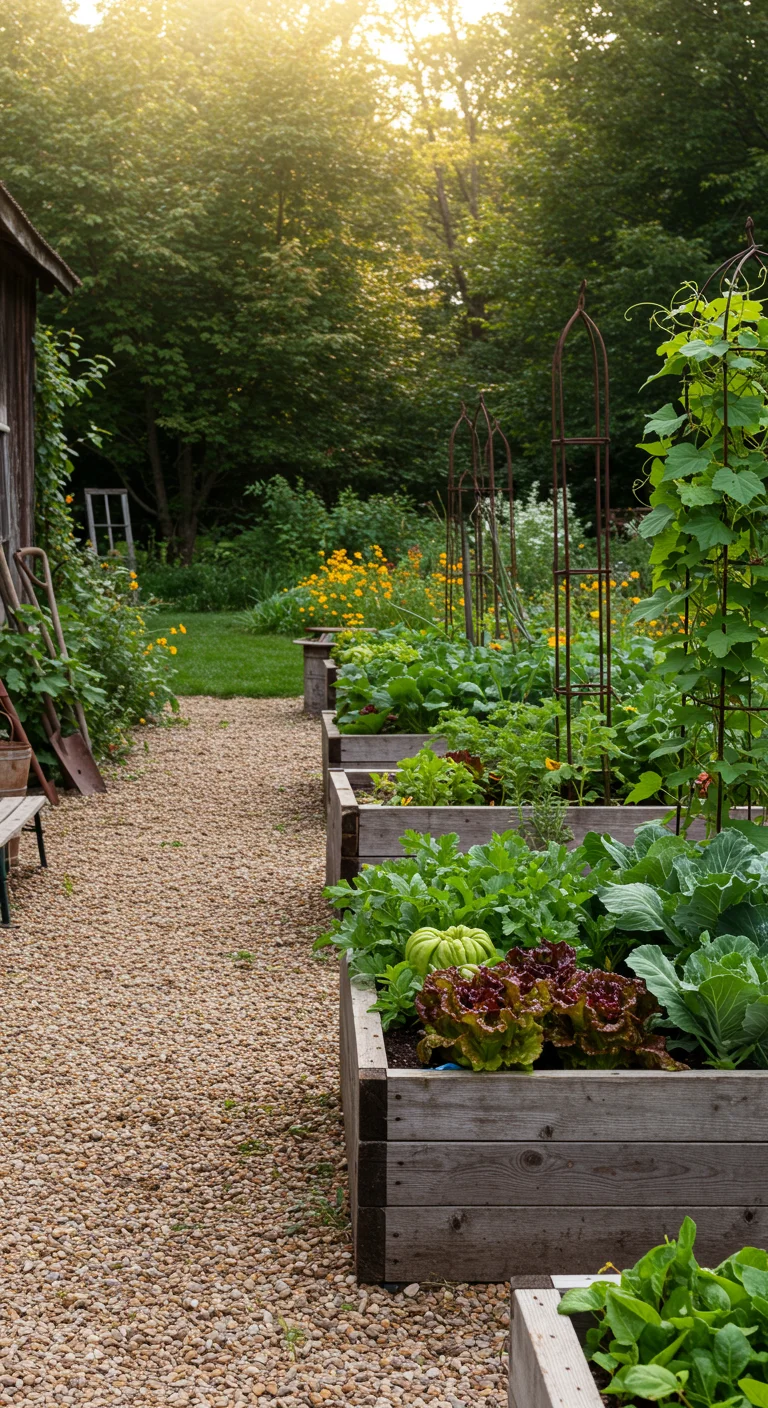
The Rustic Farmhouse Look embodies a timeless charm that beautifully complements vegetable gardens. This style incorporates natural materials, aged wood, and vintage elements, creating an inviting atmosphere. To achieve this aesthetic, consider using reclaimed wooden planters, weathered furniture, and trellises adorned with climbing plants like peas or beans. Incorporate pathways made of stone or gravel, lined with wildflowers or herbs to enhance the rustic feel. Additionally, vintage garden tools displayed as decor can add character and nostalgia. Choosing heirloom vegetable varieties not only supports biodiversity but also aligns with the rustic theme, promoting a sense of connection to traditional farming methods. This design not only serves practical purposes but also creates a picturesque space that invites relaxation and enjoyment in your garden sanctuary.
23. Modern Minimalism: Less is More in Vegetable Gardens
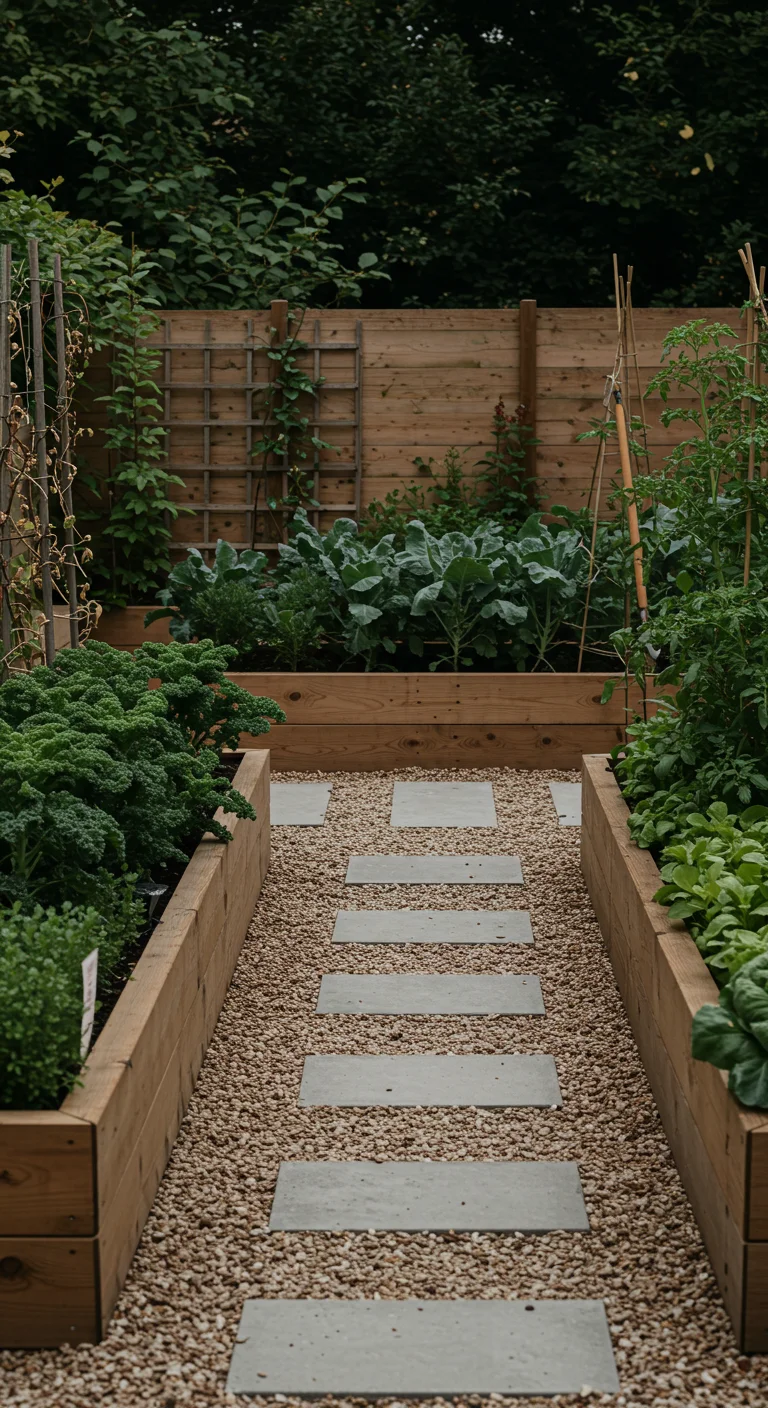
Modern minimalism in vegetable gardens emphasizes simplicity and functionality, proving that less is indeed more. By utilizing clean lines and a limited palette, gardeners can create serene spaces that focus on the beauty of the plants themselves. Raised beds made from untreated wood or stone can provide a structured look, while pathways made of gravel or stepping stones allow easy access without overwhelming the senses. Incorporating a few key vegetables, such as kale, tomatoes, and herbs, can create an aesthetically pleasing and productive garden without the clutter of excessive varieties. To enhance the minimalist appeal, consider using vertical gardening techniques to maximize space and maintain an uncluttered appearance, allowing your vegetable garden to flourish in a calm, harmonious environment.
24. DIY Garden Structures: Personalizing Your Space
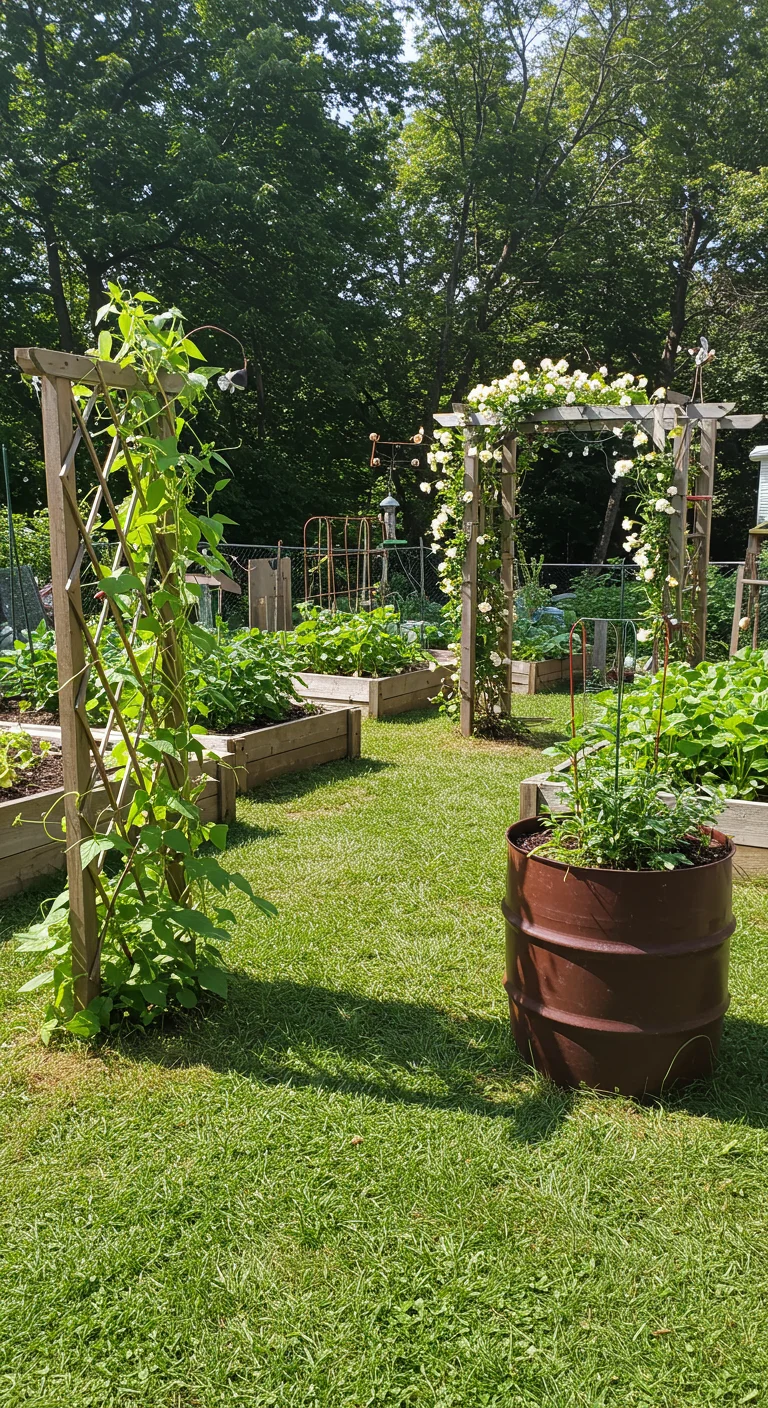
DIY garden structures can significantly enhance the functionality and aesthetics of your vegetable garden while allowing you to express your personal style. Consider building trellises using reclaimed wood or metal to support climbing plants like beans and cucumbers, creating vertical interest and saving space. Raised beds can be framed with decorative wood or stone, providing both structure and a polished look. Incorporating arbors or pergolas can offer shade and a focal point, making your garden a serene retreat. Lastly, custom planters made from barrels or old furniture can add character and charm, ensuring your garden reflects your unique tastes while remaining productive.
25. Children’s Garden: Fun and Educational Designs
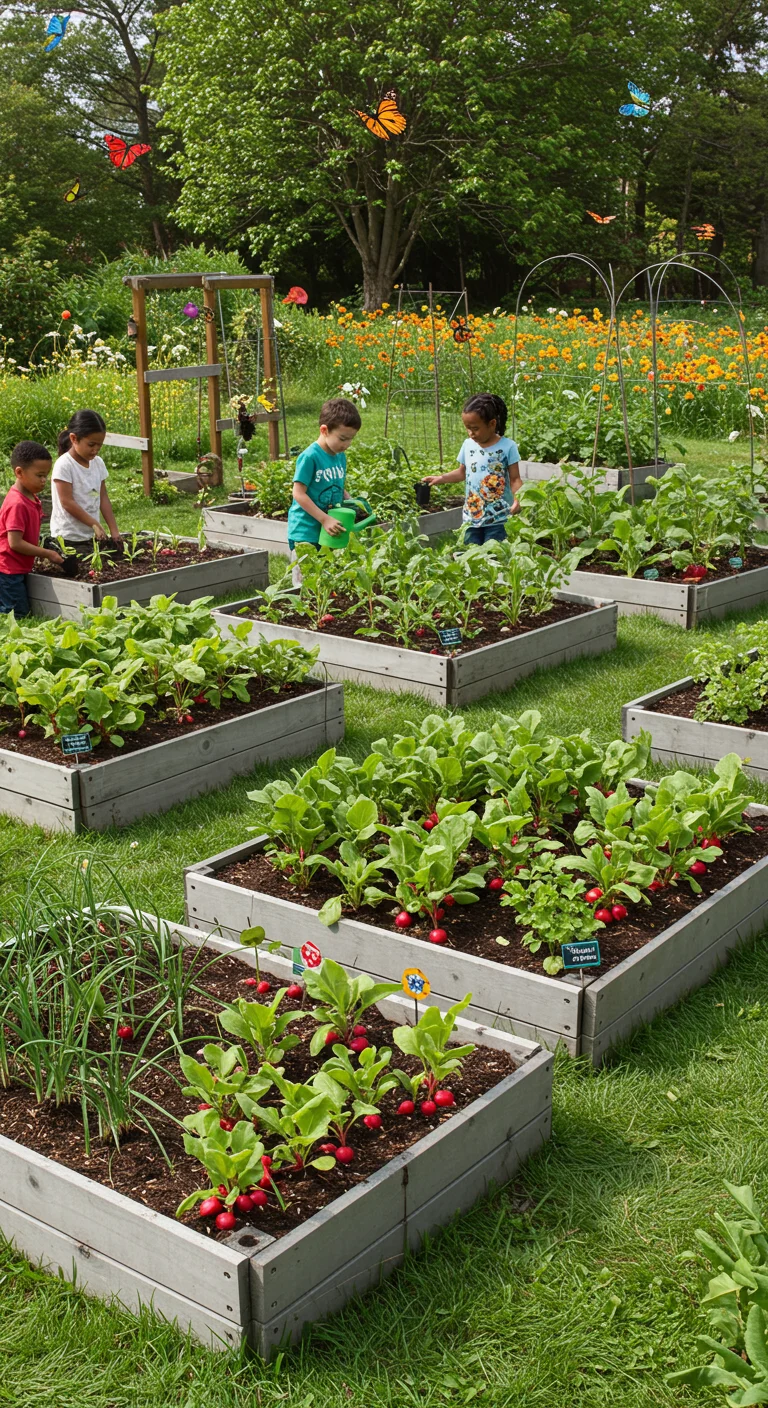
Creating a children’s garden is a delightful way to introduce kids to the joys of gardening while fostering a love for nature and healthy eating. Start by designing colorful, themed plots—like a pizza garden with tomatoes, peppers, and basil, or a butterfly garden filled with nectar-rich flowers to attract pollinators. Incorporate fun elements such as raised beds at kid-friendly heights, stepping stones, and whimsical decorations like garden gnomes or painted rocks. Use easy-to-grow vegetables like radishes and snap peas that provide quick rewards and engage children in the growing process. Additionally, involve them in planning and planting, allowing them to choose their favorite veggies, which can enhance their enthusiasm and commitment to the garden throughout the seasons.

